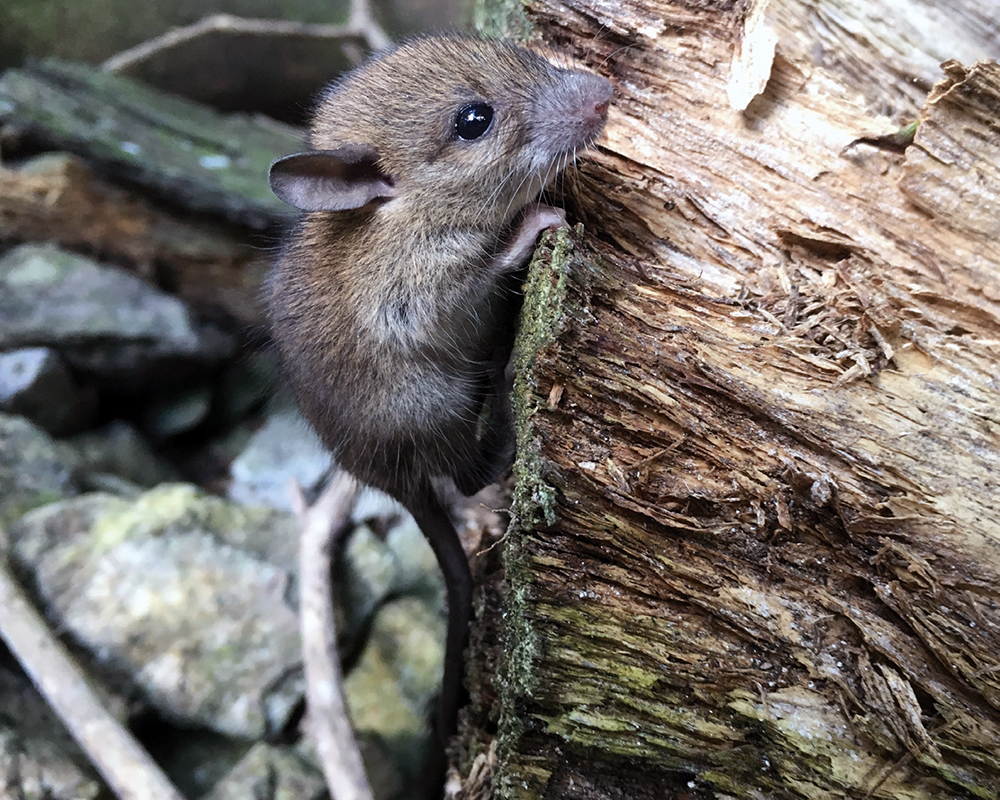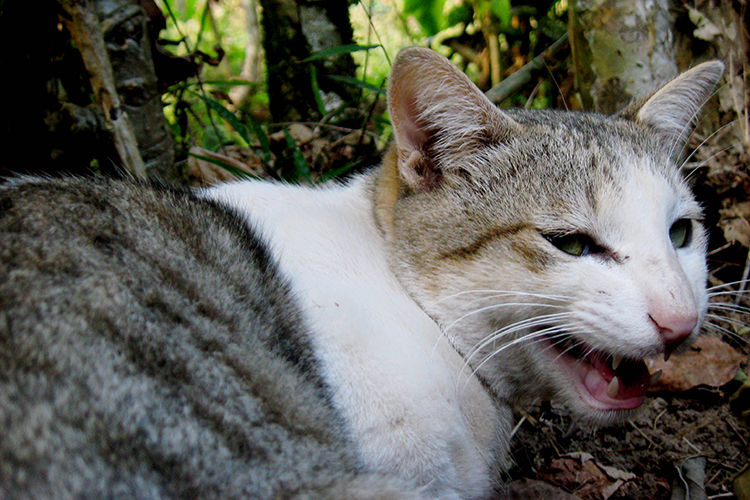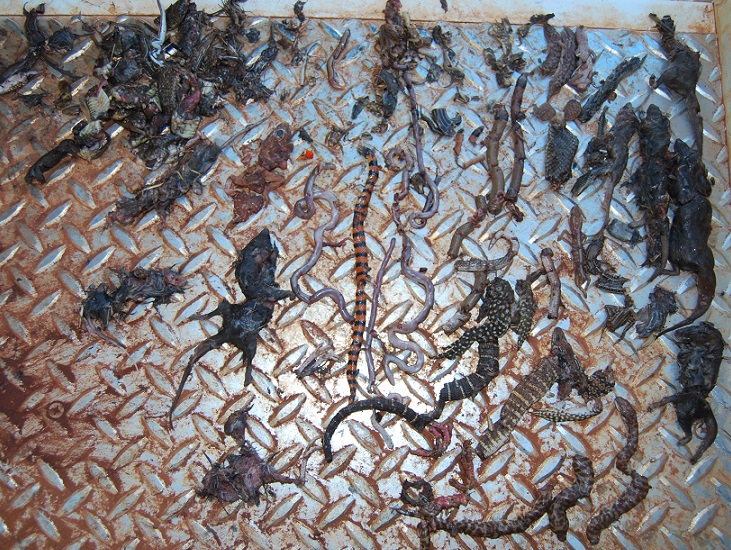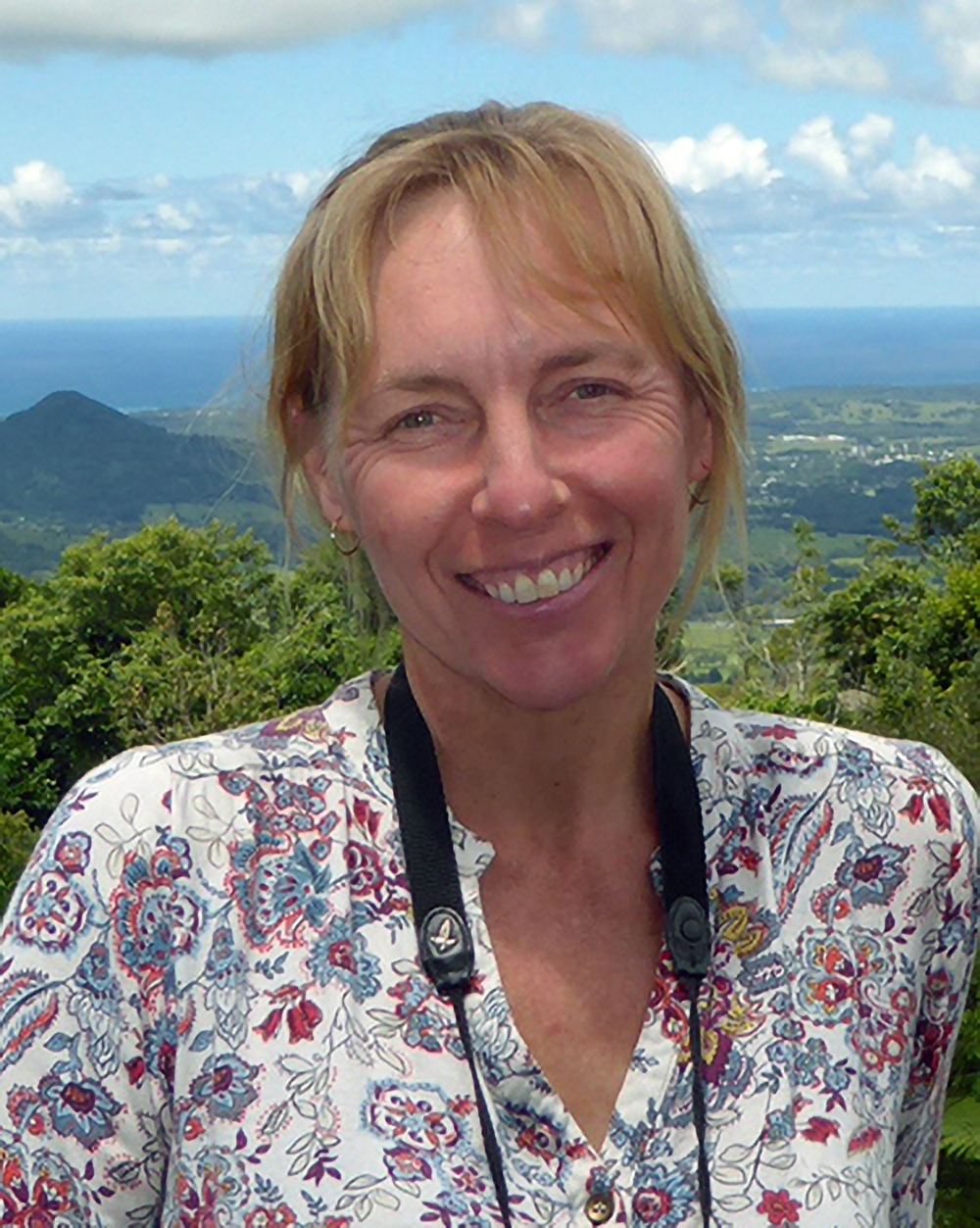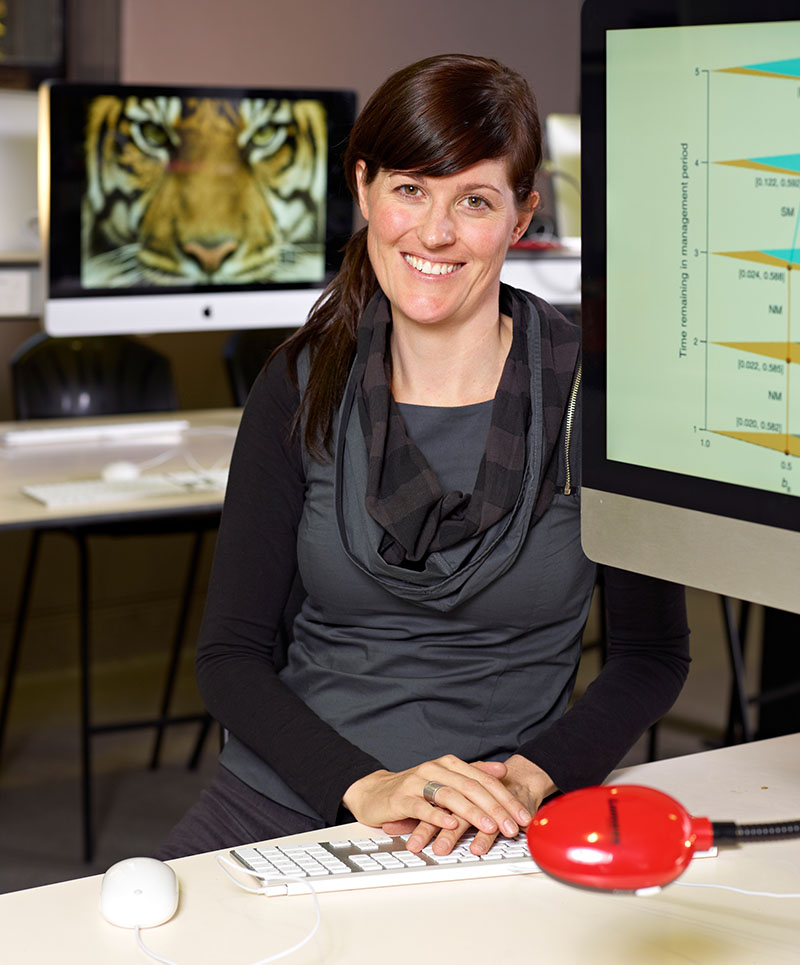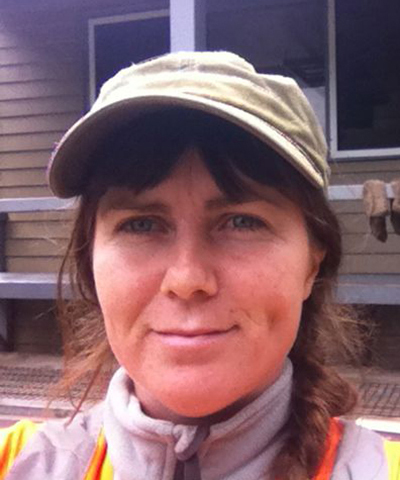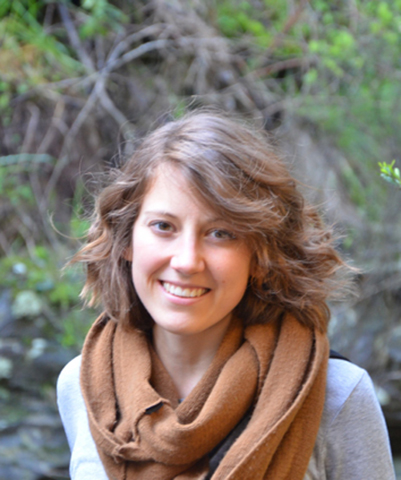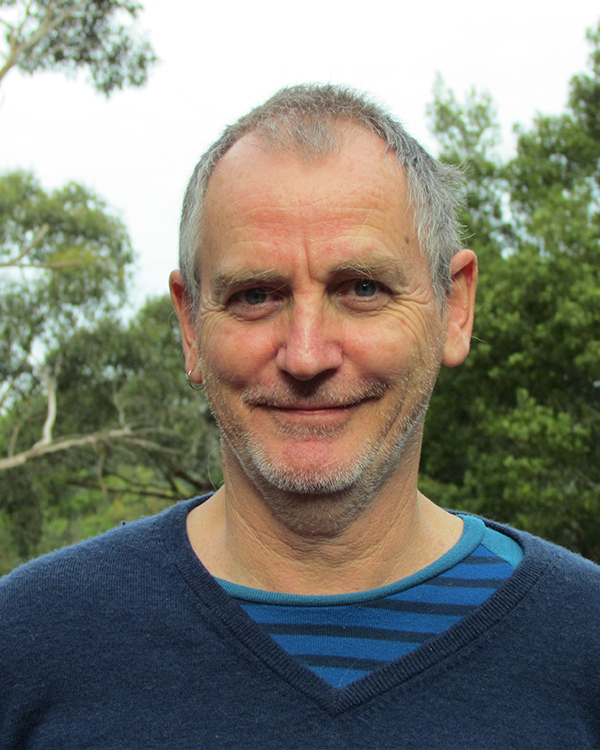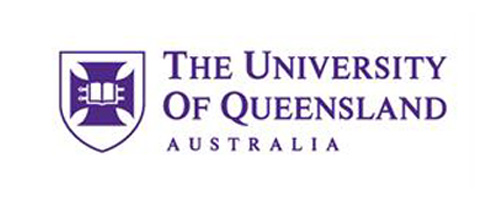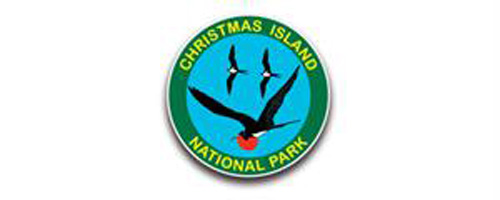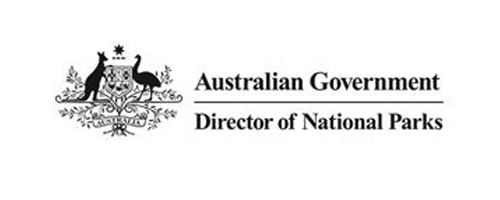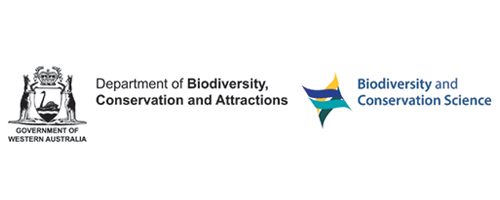
Project: 2.3.3
Optimising the benefits of feral cat control on Christmas Island
Project Leaders: Sarah Legge , Eve McDonald-Madden
Research in Brief
Cats are one of a suite of introduced species that have played a significant role in the extinctions and declines of Christmas Island fauna; these introduced species continue to exert pressure on many native species. In response, the Australian Government is undertaking actions to control the impacts of several introduced species; one of these actions is an island-wide cat eradication program.
When several introduced species are present on an island, eradicating one species can cause changes to the populations of the remaining invasive species. For example, on other islands cat eradications have sometimes led to increased abundances of rabbits and rats, with knock-on consequences for native vegetation and fauna until the rabbits and rats were controlled. This project seeks to understand the likely impacts of cat control on invasive rats, and on the native species that rats prey on. The research will inform strategic management to optimise the outcomes from cat control on Christmas Island.
Red land crabs eat rats, which may keep rats in check after cat eradication. Photo: Sarah Legge
Why is the research needed?
Christmas Island is one of Australia’s most important sites for biodiversity conservation. It has many species found nowhere else, significant populations of breeding seabirds, and unique ecological processes including the annual migration of many millions of red land crabs.
Introduced species including cats, black rats, wolf snakes and giant centipedes, have had a devastating impact on many of Christmas Island’s distinctive species. They have caused the extinction of at least four Christmas Island species, and extinction in the wild of a further two species, which now only persist in captive breeding programs. Many of Christmas Island’s remaining animal species are threatened and declining.
The Australian Government has programs underway to control the impacts of introduced species and reverse declines in native species. This includes a program to eradicate feral cats from the island.
On other islands with multiple introduced species, eradicating the top predator has sometimes led to increases in the abundance of introduced species that they prey upon. Both feral cats and introduced rats are present on Christmas Island. Since feral cats hunt rats, a reduction in cats could lead to an increase in rats, which could then have a knock- on effect on the native species that rats themselves feed on.
However, the outcome of cat removal on rat populations on the island is uncertain, because of the dominant ecological role played by land crabs, which compete for resources with rats, and prey on rats at times. Even if rats do increase, the impact on bird populations is also unclear, as Christmas Island did support two species of native rat until their extinction shortly after the island was settled.
How will the research help?
The research team is working closely with Parks Australia and other agencies to ensure that the Christmas Island cat eradication program will deliver the maximum possible conservation benefit for threatened Christmas Island species.
The research will document the impact of feral cat predation on the rat population, the distribution and abundance of rats across the island, and the impacts of rats on native bird populations. This field data will help to predict the potential consequences of cat eradication on rat populations and native birds. This evidence will form the basis for recommendations for management options to avert any potential negative consequences, including whether complementary invasive rat control is required.
Key outputs from the research will be:
- an ecosystem-wide assessment of the potential outcome of a successful cat eradication;
- a description of the distribution and density of rats across the island;
- an improved understanding of the relative impact of cats and rats on nesting success of native forest and sea bird species;
- an understanding of the interactions between cats and rats;
- a prediction of the likely consequences of changes in cat density on rat density;
- a prediction of the consequences of changes in rat density on native bird breeding success.
The lessons from this research will also be useful to inform cat eradications and the management of multiple simultaneous threats in other locations.

A rat at a red-tailed tropicbird nest. Photo: Rosalie Willacy
What research activities are being undertaken?
On the island, the team will:
- Measure rat activity and density using tracking tunnels and genetic capture-mark-recapture techniques (based on hair sampling) and relate variation in activity/density to vegetation, disturbance (mining, cyclone damage), the presence of other invasive species (yellow crazy ants, cats), and land crabs.
- Use camera traps to measure the nest predation rates of cats and rats on forest birds and seabirds, across a range of vegetation types, and in areas of varying rat density.
- If nest predation rates are high, we may carry out an experimental reduction of rat density at selected sites to see if this results in increased bird breeding success.
In the lab, the team will:
- Explore the potential outcomes of cat eradication and rat control on the native species on Christmas Island by building a cutting-edge mathematical ecosystem model that captures all available science on Christmas Island with decision making.
Who is involved?
The work is being carried out collaboratively with Parks Australia and the Western Australian Department of Biodiversity, Conservation and Attractions.
Where is the research happening?
The research is happening on Christmas Island. The research findings will also be of value to inform eradication management in other ecosystems.
When is the research happening?
The project is running from 2016 to 2021.
More information
For more information please contact:
Rosalie Willacy - r.willacy@uq.edu.au
OR
Michaela Plein - m.plein@uq.edu.au
Top Image: Rosalie Willacy installing a motion detection camera to monitor a red-tailed tropicbird nest. Photo: Scott Macor
